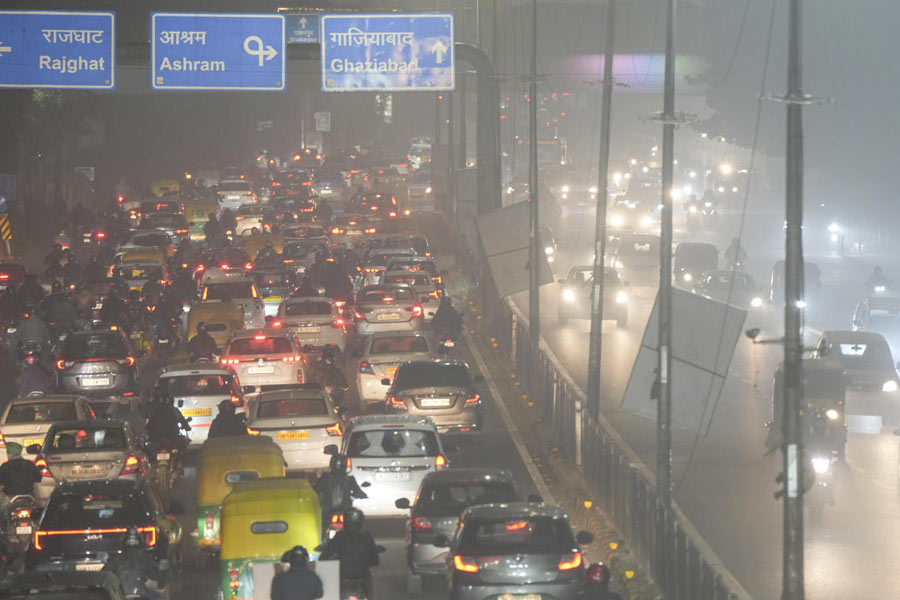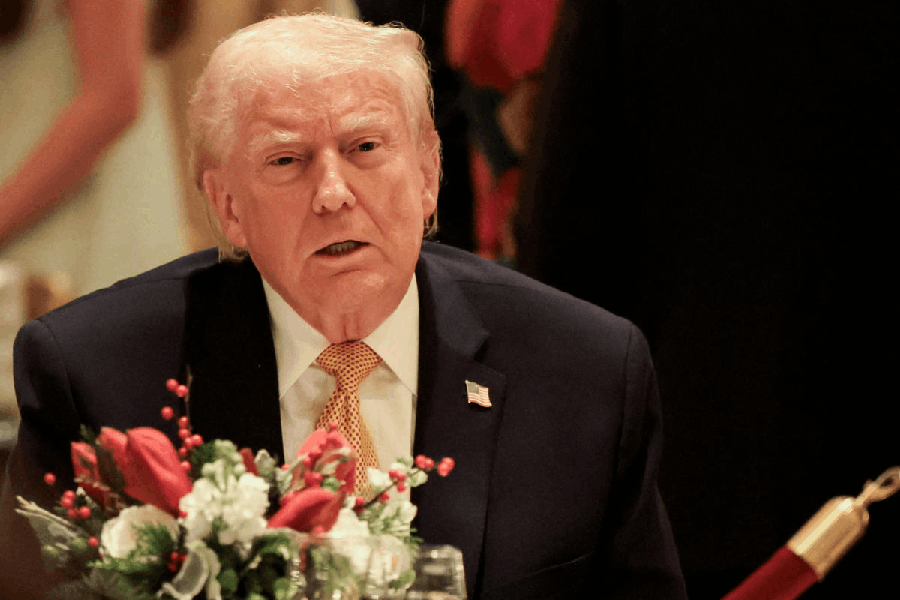New Delhi, Aug. 7: The Narendra Modi government has commissioned researchers to pull old maritime and trade links with Southeast Asia out of forgotten archives to be able to pitch these ties as a part of India's deepening civilisational competition with China in a region each views as its neighbourhood.
The research, under two projects, will be funded by the foreign office and comes at a time India and China are increasingly rubbing up against each other in their shared periphery - South Asia and Southeast Asia.
India's ancient cultural and maritime links with Southeast Asia are no secret, and New Delhi has often in the past referred to them to highlight historic connections with the region.
But the Modi government has concluded that the diverse strands of this relationship can benefit from a grand, overarching narrative that portrays India as a natural partner that has shared culture and trade with Southeast Asia for centuries without imperial ambitions.
Implicit in those narratives that India hopes will come out of the twin projects is a distinction between India and China, which has at different times in history ruled over diverse parts of Southeast Asia, senior officials told The Telegraph.
One of the projects is called "Sailing to Swarna Bhumi" and will chart maritime relations between different parts of India and Southeast Asia through previous centuries. The second project is called "Mapping of Inscriptions along the Mekong" and will trace inscriptions left by Indian nobles and traders along the Mekong river, a key route that connected India and Southeast Asia.
"We look forward to sustaining this progress in the years to come and in further deepening our mutually beneficial partnership and cooperation," junior foreign minister V.K. Singh told the foreign ministers of Vietnam, Laos, Cambodia, Myanmar and Thailand at a meeting in Manila today.
China and India have indirectly competed for influence in Southeast Asia through previous centuries. In recent years, both have tried to highlight their historic ties to the region. Indian influence was the dominant force through the region - but weakest in Vietnam - from the 2nd century BC to the 15th century AD. Chinese influence preceded India's entry and stretched for several centuries.
The Chinese spread through the region, especially across Thailand, Cambodia, Singapore, Malaysia and Indonesia, in more recent centuries too, and their descendants today form key pillars of the local economies .
But like the ethnic Chinese, the Indian diaspora in many of these countries - especially Malaysia, Myanmar and to a lesser extent Thailand - represents a significant local population.
What India is counting on most, though, in trying to highlight the civilisational links and build favourable public opinion in these countries, is the increasing tensions between China and many Southeast Asian countries.
Vietnam, the Philippines, Malaysia, Thailand and Brunei are all locked in maritime disputes with China. Many of these countries are also trying to reduce their economic dependence on China, their biggest trade partner.










